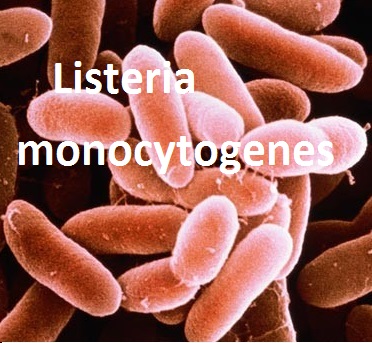A study published in J. food Protection ( Gorski et al. Food Prot (2021) 84 (5): 903–911) investigated the mechanisms used by L. monocytogenes for attachment and growth on two surfaces (stainless steel and lettuce). 23 L. monocytogenes and 1 Listeria innocua were screened for attachment and growth on lettuce at 4 and 25°C and stainless steel at 10 and 37°C. Overnight growth of attached cells resulted in a 0- to 3-log increase on lettuce, depending on the strain and the temperature. Strains that grew the best on lettuce belonged to serotypes 1/2a, 1/2b, and 4b and were from cheese, potatoes, and water-sediment near produce fields. L. monocytogenes interacts with the cut edge and veins of lettuce leaves. On stainless steel coupons, there was a 5- to 7-log increase at 10°C after 7 days and a 4- to 7-log increase at 37°C after 40 h. Some strains grew well in both environments, whereas others showed variability between the two surfaces. @ https://meridian.allenpress.com/jfp/article-abstract/84/5/903/450813/Growth-and-Survival-of-Attached-Listeria-on?redirectedFrom=fulltext
Growth and survival of attached Listeria on lettuce and stainless steel varied by strain and surface
Growth and Survival of Attached Listeria on Lettuce and Stainless Steel Varies by Strain and Surface Type | Journal of Food Protection
No comments

